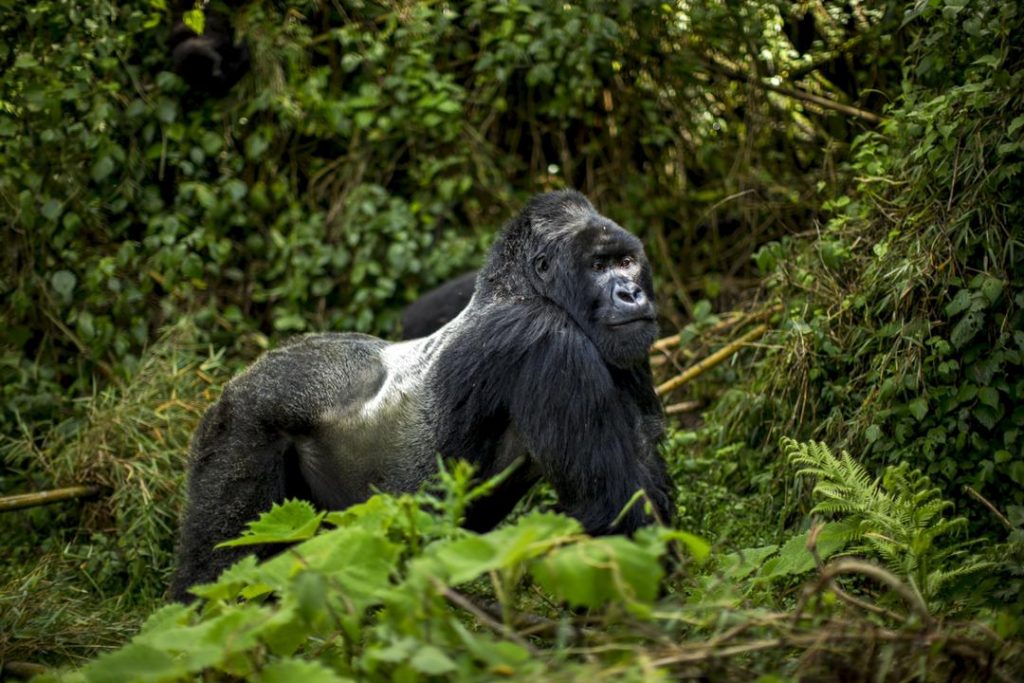In recent years, the relationship between trail communities and conservation efforts has become increasingly significant. While traditional conservation efforts have focused on the protection of nature reserves, parks, and wilderness areas, trail communities are emerging as vital contributors to environmental stewardship. These communities, often formed around recreational trails for hiking, biking, and other outdoor activities, are playing a crucial role in the broader environmental movement.
The Importance of Trails in Conservation
Trails, whether winding through forests, meandering along coastlines, or traversing mountain ridges, serve as vital links to the natural world. They provide access to landscapes that many people might not otherwise experience. Trails are not only paths for outdoor recreation but also serve as educational routes that connect people to the natural environment, fostering a deeper appreciation of ecosystems and biodiversity.
At their core, trails help bridge the gap between human activity and the natural world. They act as conduits for environmental education, giving people firsthand experiences that can cultivate a sense of responsibility for the natural resources they enjoy. This intimate connection with nature often drives people to take on more active roles in preserving the landscapes they explore.
The Role of Trail Communities
Trail communities refer to the networks of people, organizations, and local stakeholders who live, work, and engage with outdoor recreational trails. These communities are not limited to hikers, bikers, or outdoor enthusiasts but include a diverse range of individuals, from landowners and trail managers to environmental groups and local businesses. Their collective efforts play a vital role in ensuring that trails are maintained, protected, and integrated into conservation efforts.
1. Raising Awareness and Advocating for Protection
Trail communities often become strong advocates for the protection of the areas through which the trails pass. As these individuals and groups regularly engage with the land, they develop a vested interest in preserving the natural beauty and ecological health of these areas. They understand the delicate balance between recreation and conservation, and they often lead the charge for efforts to safeguard these spaces.
For example, when new trail systems are being considered, trail communities frequently advocate for responsible planning and development that considers the environmental impact. This may involve advocating for sustainable trail designs that minimize soil erosion, prevent habitat fragmentation, and reduce human impact on wildlife.

Additionally, these communities often participate in public discussions and lobbying efforts, providing a voice for both recreational access and environmental protection. By working with government agencies, land trusts, and environmental groups, they ensure that conservation is not an afterthought but a central component of land-use planning.
2. Engaging in Volunteer Work and Restoration Projects
One of the most direct contributions trail communities make to conservation is through volunteer efforts. Trail maintenance, invasive species removal, habitat restoration, and other conservation activities often rely on the dedication of local volunteers. These individuals are passionate about keeping trails in good condition and ensuring that the natural areas they enjoy remain intact.
For instance, many trail communities organize clean-up days, where volunteers gather to remove litter, repair trail infrastructure, and restore areas impacted by overuse. These efforts help to mitigate the environmental impact of trail usage while also creating a sense of ownership and pride in the local community.
Additionally, trail communities often assist with ecological restoration projects. In some areas, overuse or the introduction of invasive species can harm local ecosystems, but local volunteers play an essential role in reintroducing native plant species, restoring damaged habitats, and monitoring the long-term health of the ecosystem.
3. Promoting Sustainable Practices and Leave No Trace Ethics
Trail communities are also instrumental in promoting sustainable outdoor recreation practices. By advocating for Leave No Trace (LNT) principles, these communities help educate visitors on how to minimize their impact on the environment. The Leave No Trace movement, which emphasizes respect for nature through responsible recreation, is one of the most effective ways to reduce the ecological footprint of outdoor activities.
Trail communities often host educational programs, provide signage along trails, and collaborate with local organizations to spread the message of responsible recreation. These efforts encourage users to stay on designated trails, pack out all trash, avoid disturbing wildlife, and respect the natural surroundings. By fostering a culture of environmental stewardship, trail communities help ensure that the enjoyment of these spaces is sustainable in the long run.
4. Providing Data for Conservation Research
In many cases, trail communities play an important role in the collection of data that supports broader conservation efforts. This might include gathering information on wildlife sightings, monitoring trail usage patterns, or documenting the health of plant communities along trails. Citizen science initiatives have gained popularity in recent years, and trail communities are often at the forefront of these efforts.
For example, some trail organizations have developed apps or platforms where users can report sightings of rare or endangered species, helping to track biodiversity in key areas. This data can be invaluable for conservationists working to protect species at risk or monitor the effects of climate change on local ecosystems.
Moreover, trail communities often partner with academic institutions and research organizations to provide data that informs land management decisions. By sharing information about trail use and environmental conditions, trail communities contribute to the development of more effective conservation strategies.
5. Fostering Ecotourism and Economic Support for Conservation
Trail communities can also support conservation efforts through the promotion of ecotourism. The economic benefits of trails and outdoor recreation are well-documented, and communities that engage in ecotourism can help generate revenue for local conservation initiatives. Tourism revenue can fund the maintenance of trails, the protection of surrounding landscapes, and the implementation of conservation programs.
In many cases, local businesses—such as hotels, restaurants, gear shops, and tour companies—rely on the influx of visitors who come to enjoy the outdoor trails. By investing in the conservation of these natural areas, these businesses can ensure that the very resources they depend on remain healthy and accessible.
Furthermore, the economic success of ecotourism can help to increase the visibility and recognition of conservation efforts. When communities benefit economically from their natural resources, there is a strong incentive to continue protecting those resources for future generations.

Challenges Facing Trail Communities and Conservation Efforts
While trail communities are making significant contributions to conservation, there are also challenges that they must address. Overcrowding, habitat degradation, and climate change are among the most pressing issues faced by trail systems and the surrounding ecosystems.
1. Overcrowding and Trail Erosion
As outdoor recreation has grown in popularity, many popular trails have experienced increased foot traffic. In some cases, this has led to trail erosion, soil compaction, and damage to sensitive habitats. Trail communities must find ways to manage this increased use while minimizing environmental impacts. Sustainable trail design, education on proper trail etiquette, and implementing permits or fee systems are some strategies that can help mitigate the effects of overcrowding.
2. Climate Change and Trail Adaptation
Climate change is another major concern for trail communities and conservationists alike. Warmer temperatures, changing precipitation patterns, and extreme weather events can alter ecosystems and affect trail conditions. Trails that once passed through forests may now be impacted by wildfires, while rising sea levels threaten coastal trails.
Adapting to these changes requires ongoing research, the flexibility to modify trail systems, and the ability to respond to changing environmental conditions. Trail communities play an important role in advocating for adaptive management practices and ensuring that conservation strategies remain effective in the face of a changing climate.
3. Balancing Recreation with Preservation
Finally, one of the most difficult challenges trail communities face is striking a balance between recreation and conservation. While outdoor recreation can foster a deeper connection to nature, it can also place pressure on natural resources. Managing this balance requires thoughtful planning, ongoing collaboration with environmental groups, and a commitment to maintaining the integrity of the ecosystem.
Conclusion
Trail communities play an essential role in the conservation of our natural landscapes. Through advocacy, volunteer efforts, sustainability initiatives, and educational programs, they are helping to protect and preserve the ecosystems that make trails possible. These communities serve as stewards of the land, fostering a sense of responsibility and connection that transcends the individual and extends to the collective.
As the world continues to face environmental challenges, the importance of trail communities will only grow. By working together, these communities help ensure that future generations will have the opportunity to experience the beauty and tranquility of our natural world, all while maintaining the delicate balance between human recreation and environmental preservation.























